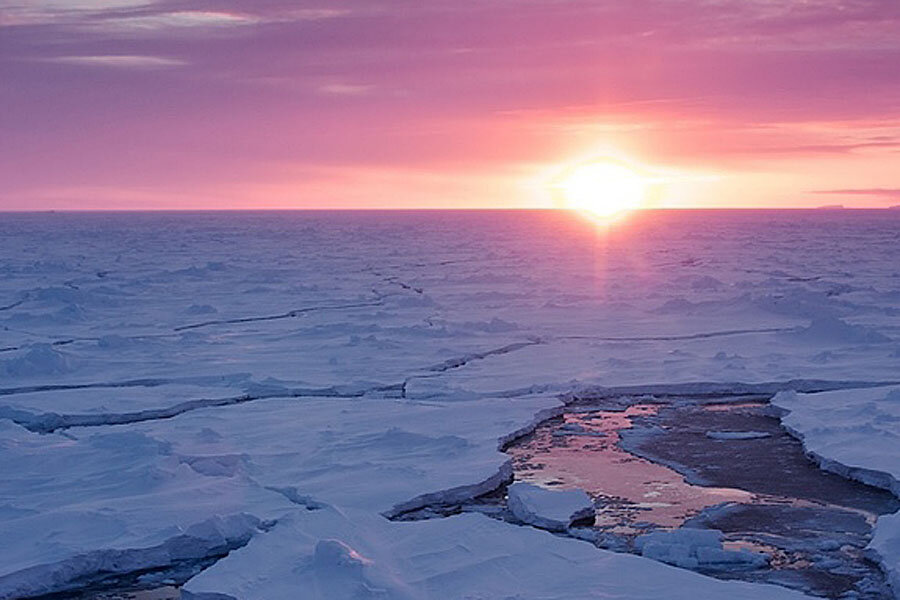Big waves could help explain Antarctic ice mystery, say scientists
Loading...
Major waves from ocean storms can fracture ice hundreds of miles from its edge, researchers say.
These new findings suggest large waves could help explain mysteries about how Antarctic ice behaves in response to changes in climate, scientists added.
Sea ice is frozen seawater that floats on the ocean. It forms on the water, setting it apart from ice shelves, which flow down to a coastline from the land into the ocean. On average, sea ice covers an area about 9.6 million square miles (25 million square kilometers), or about two-and-a-half times the area of Canada. [Album: Stunning Photos of Antarctic Ice]
Climate models suggest increased storminess near the poles. To find out how these storms might impact sea ice, researchers measured the effects of these waves using five sensors deployed on Antarctic ice floes. The first sensor was deployed 10 miles (16 km) from the edge of the ice, and the farthest sensor 80 miles (130 km) from the ice edge.
"Every three hours, the instruments simultaneously woke and measured the waves," said lead study author Alison Kohout, a sea ice scientist at the National Institute of Water and Atmospheric Research in Christchurch, New Zealand. "The data was sent back to us via satellite transmissions."
Surprisingly, the scientists found "that large waves in the Southern Ocean — those bigger than 3 meters (10 feet) — are able to break sea ice over greater distances than previously believed," Kohout told Live Science.
Although smaller waves weakened over distance as expected, the effects of larger waves could ripple through the sea ice much farther than predicted by theory, the researchers found. Kohout suggested that smaller waves are more easily dampened by ice floes, while larger waves are not.
In addition, computer models used in the study suggest large waves can trigger significant fracturing. "Large sheets of sea ice can quickly turn into individual floes," Kohout said.
These findings do not influence estimates of global sea-level rise, the researchers cautioned. "Sea ice melts and grows annually and is unrelated to sea-level rise," Kohout said. "Sea ice is sometimes confused with ice shelves, which are related to sea level rise."
However, these findings could help shed light on the mystery of why Antarctic sea ice has been able to increase in some areas, yet decrease in others. "This observed change is in contrast to the predictions from climate change models that Antarctic sea ice should have already begun retreating," Kohout said.
Using computer models of wave heights in the Antarctic from 1997 to 2009, the scientists discovered the presence or absence of large waves could help explain the retreat and expansion of Antarctic sea ice. "This process may be the missing science that explains the increase in Antarctic ice," Kohout said.
The scientists detailed their findings in the May 29 issue of the journal Nature.
Follow us @livescience, Facebook & Google+. Original article on Live Science.
- Images of Melt: Earth's Vanishing Ice
- In Images: IceBridge Investigates Antarctica
- Extreme Antarctica: Amazing Photos of Lake Ellsworth
Copyright 2014 LiveScience, a TechMediaNetwork company. All rights reserved. This material may not be published, broadcast, rewritten or redistributed.






